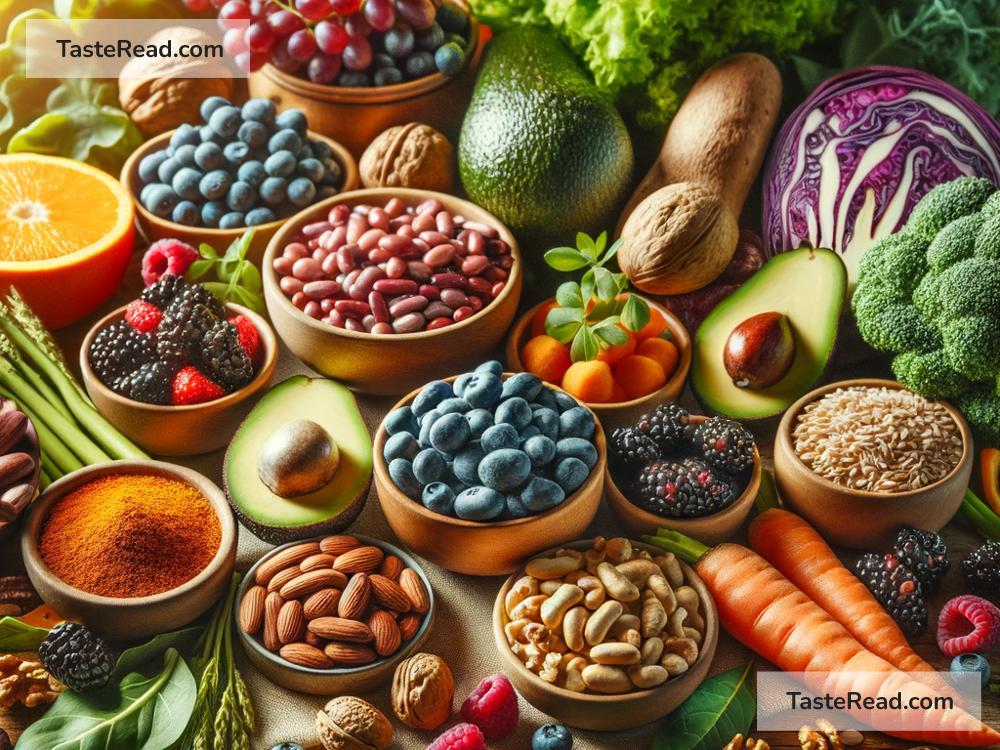Boosting Your Glucose Metabolism with the Right Foods
If you’ve ever felt sluggish after eating or struggled to maintain steady energy throughout the day, you might benefit from improving your glucose metabolism. Glucose is the body’s main source of fuel, and your metabolism is what converts food into energy. When your glucose metabolism isn’t working efficiently, blood sugar levels can spike or drop, which may leave you feeling tired, hungry, or even irritable.
The good news? You can help your body’s glucose metabolism function better by eating the right kinds of food. In this blog, we’ll explore simple, everyday foods that can stabilize your blood sugar, energize you, and improve overall health.
Why Glucose Metabolism Matters
Your body needs glucose (sugar) for energy, especially your brain and muscles. After eating, glucose travels from your bloodstream into your cells with the help of a hormone called insulin. If this process doesn’t work properly, your blood sugar levels might stay too high (a sign of insulin resistance) or drop too low (causing fatigue and hunger).
It’s important to keep glucose metabolism running smoothly to avoid long-term health problems like diabetes, cardiovascular issues, or weight gain. Eating the right foods can play a big role in keeping this process balanced.
Foods to Boost Glucose Metabolism
Certain foods can improve how your body uses glucose, keeping blood sugar levels stable and promoting steady energy. Below are some great options to include in your diet:
1. Whole Grains
Whole grains like oats, quinoa, brown rice, and whole wheat bread are great for glucose metabolism. They are rich in fiber, which slows down the absorption of sugar into your bloodstream. Fiber helps prevent sudden spikes and crashes in blood sugar and keeps you full longer.
Pro Tip: Swap white bread or regular pasta for whole grain versions. The fiber boost will do wonders for your metabolic health.
2. Leafy Greens
Vegetables like spinach, kale, broccoli, and Swiss chard are packed with essential nutrients like magnesium, which plays a key role in how your body handles glucose. Magnesium helps insulin work properly, ensuring that glucose enters your cells for energy instead of lingering in your bloodstream.
Easy Meal Idea: Add spinach to smoothies or sauté kale with garlic for a tasty side dish.
3. Nuts and Seeds
Nuts and seeds are rich in healthy fats, fiber, and protein—all of which slow down glucose absorption into your bloodstream. Almonds, walnuts, chia seeds, and flaxseeds are particularly good choices for balancing blood sugar levels.
Snack Time: Grab a handful of almonds or sprinkle chia seeds on yogurt for a blood sugar-friendly snack.
4. Fruits Rich in Fiber
While fruits contain natural sugars, those high in fiber are excellent for stabilizing glucose metabolism. Berries (such as blueberries, strawberries, and raspberries), apples, pears, and oranges are packed with fiber that slows sugar uptake into the bloodstream.
Fun Fact: Eating the whole fruit is better than drinking fruit juice—juice lacks fiber and can cause quick blood sugar spikes.
5. Lean Proteins
Proteins like chicken, fish, tofu, eggs, and legumes (like beans and lentils) don’t spike your blood sugar the way some carb-heavy foods do. Getting enough protein also helps your body maintain steady energy levels and keeps you full longer, reducing cravings for sugary snacks.
Quick Tip: Add grilled chicken to a salad or enjoy a bowl of lentil soup for a satisfying, glucose-friendly meal.
6. Healthy Fats
Avocados, olive oil, and fatty fish like salmon are great sources of healthy fats that improve glucose metabolism. These fats enhance insulin sensitivity, which helps your cells absorb glucose more effectively.
Delicious Option: Make guacamole with avocado or drizzle olive oil on a salad.
7. Fermented Foods
Probiotic-rich foods like yogurt, kefir, sauerkraut, and kimchi can boost gut health, which plays a surprising role in glucose metabolism. A healthy gut helps regulate blood sugar more efficiently and may reduce inflammation, which can interfere with glucose processing.
Breakfast Idea: Mix some Greek yogurt with berries for a gut-friendly, glucose-stabilizing meal.
8. Spices
Certain spices, like cinnamon and turmeric, can help improve glucose metabolism. Cinnamon has been shown to lower blood sugar levels by mimicking insulin, while turmeric’s active ingredient, curcumin, may reduce inflammation that can disrupt glucose processing.
Pro Tip: Sprinkle cinnamon on oatmeal or add turmeric to soups or curries for a flavorful, healthful boost.
Foods to Avoid
While adding the above foods to your diet can help glucose metabolism, it’s equally important to limit foods that hinder it. These include:
- Sugary drinks (like soda and fruit juices)
- Refined carbs (white bread, pastries, and sugary snacks)
- Processed foods high in unhealthy fats or additives
These foods can spike your blood sugar, weaken insulin sensitivity, and make you feel sluggish.
Final Thoughts
Eating the right foods is one of the simplest ways to enhance your glucose metabolism and balance your blood sugar. Focus on whole grains, fiber-rich fruits and veggies, proteins, healthy fats, and fermented foods while cutting back on processed, sugary options. Small changes in your meals and snacks can make a big difference over time.
Remember, improving glucose metabolism isn’t just about preventing diabetes—it’s also about feeling better, maintaining steady energy, and taking care of your body for the long haul. Try incorporating these foods into your daily routine, and your metabolism will thank you!
Let’s eat to nourish and energize—your body deserves it!


